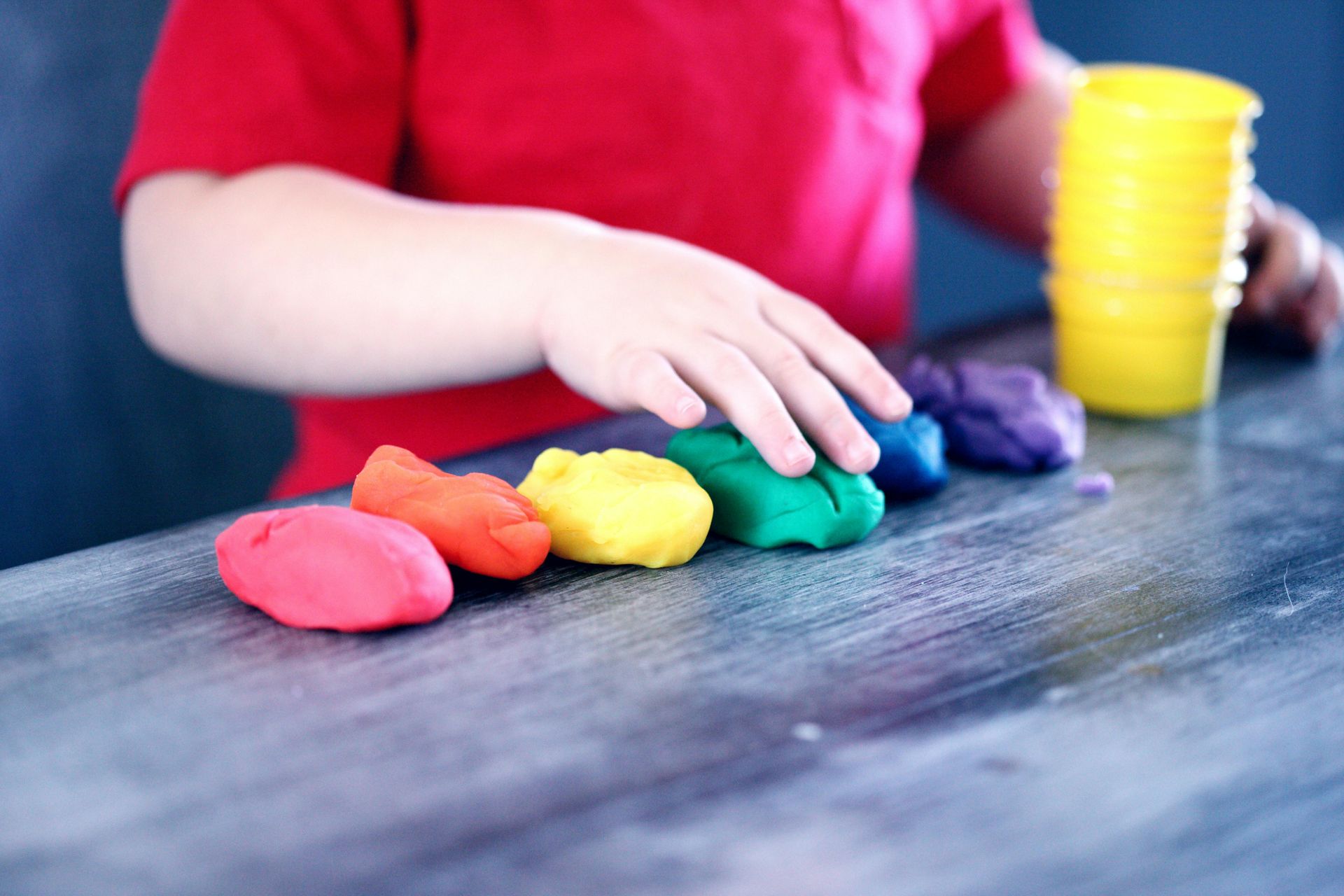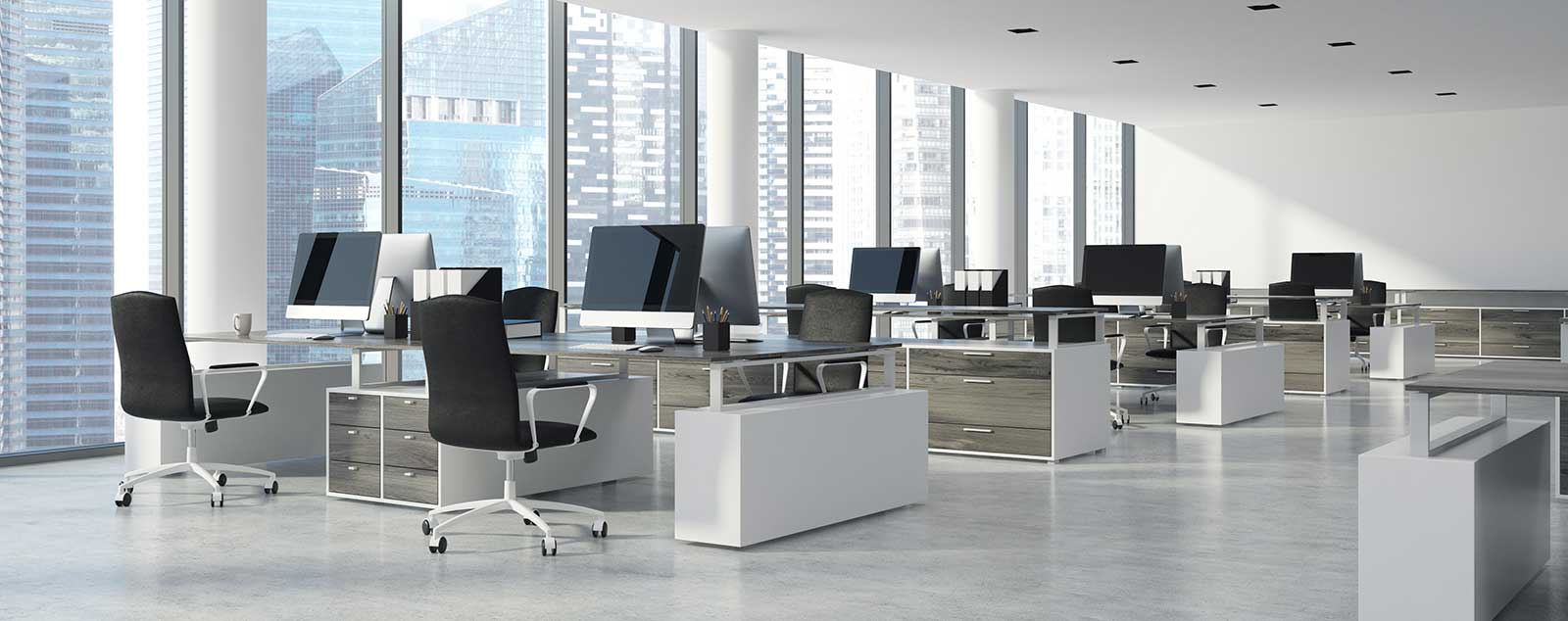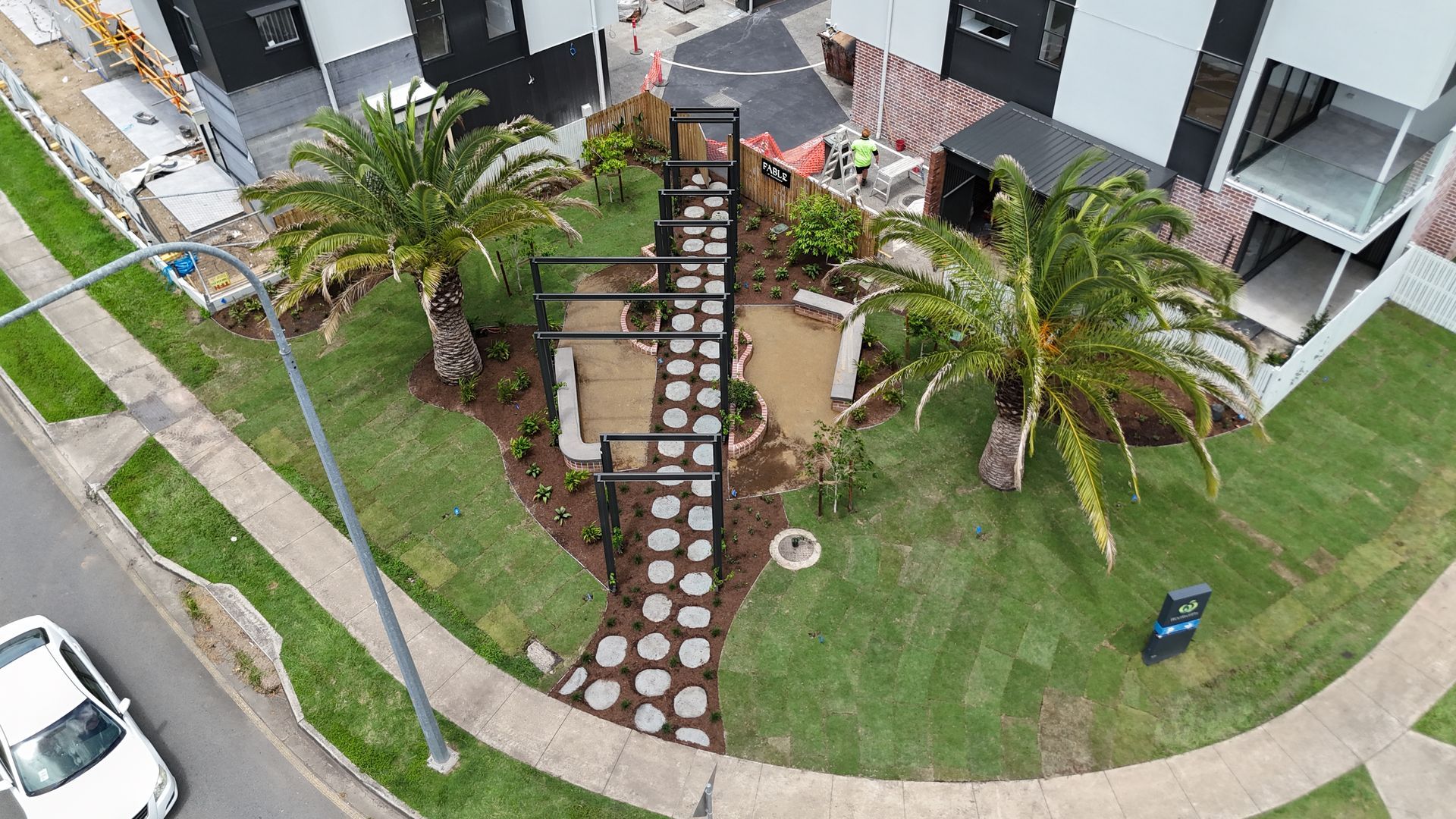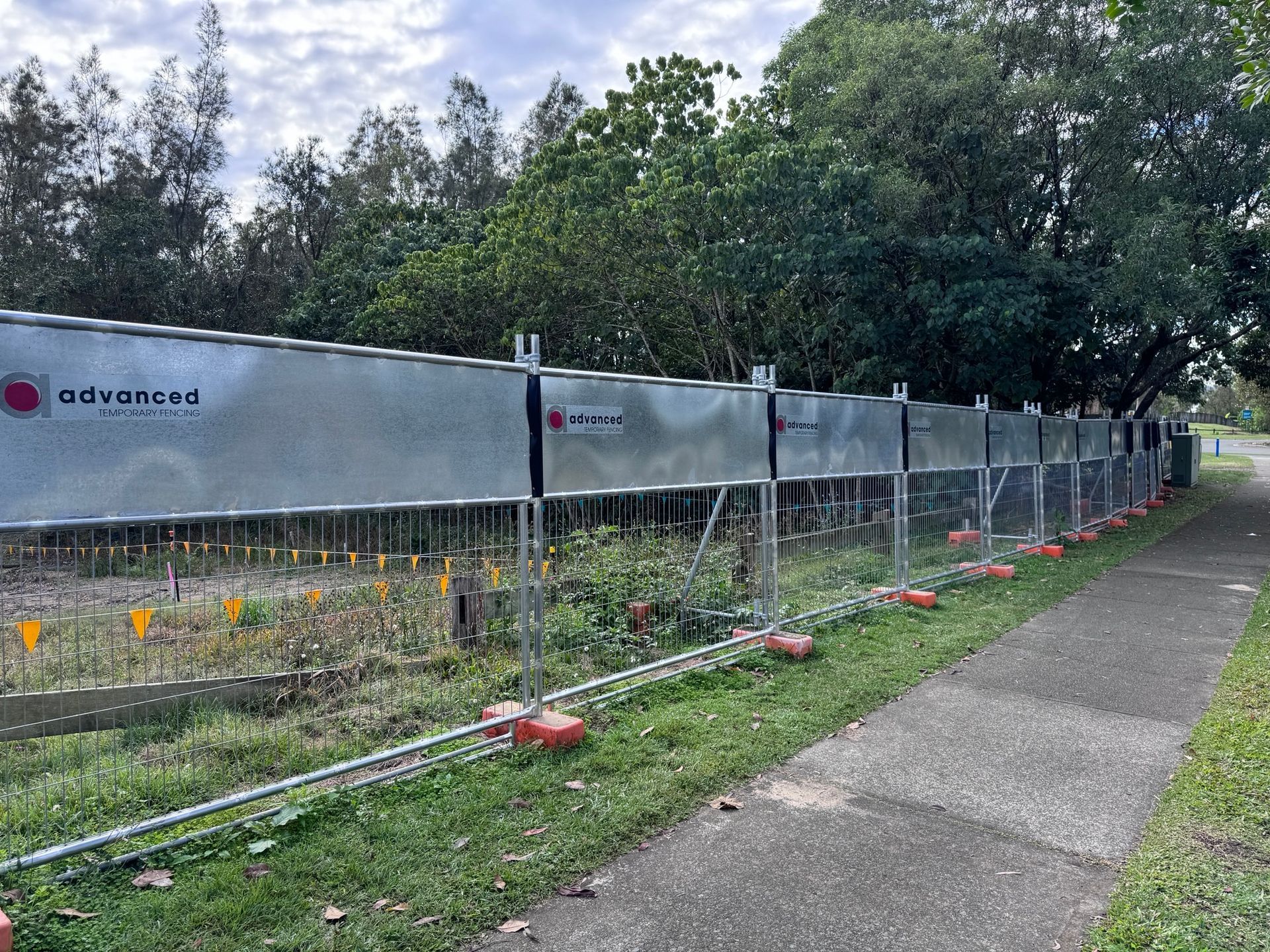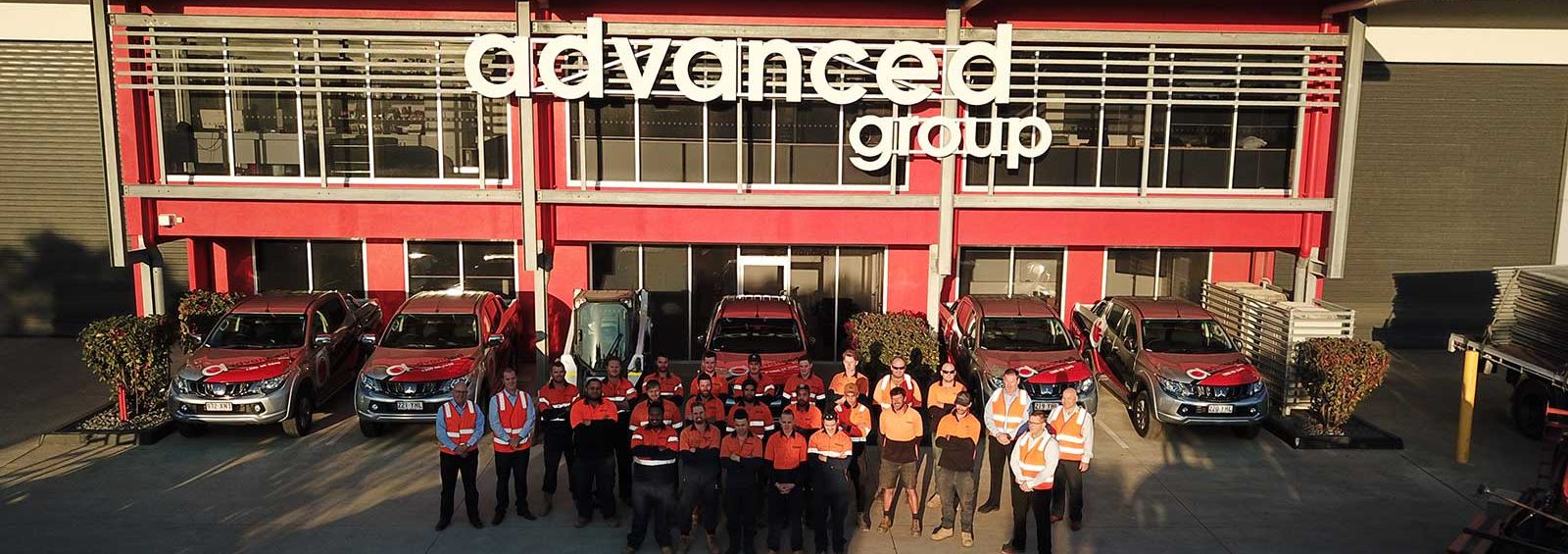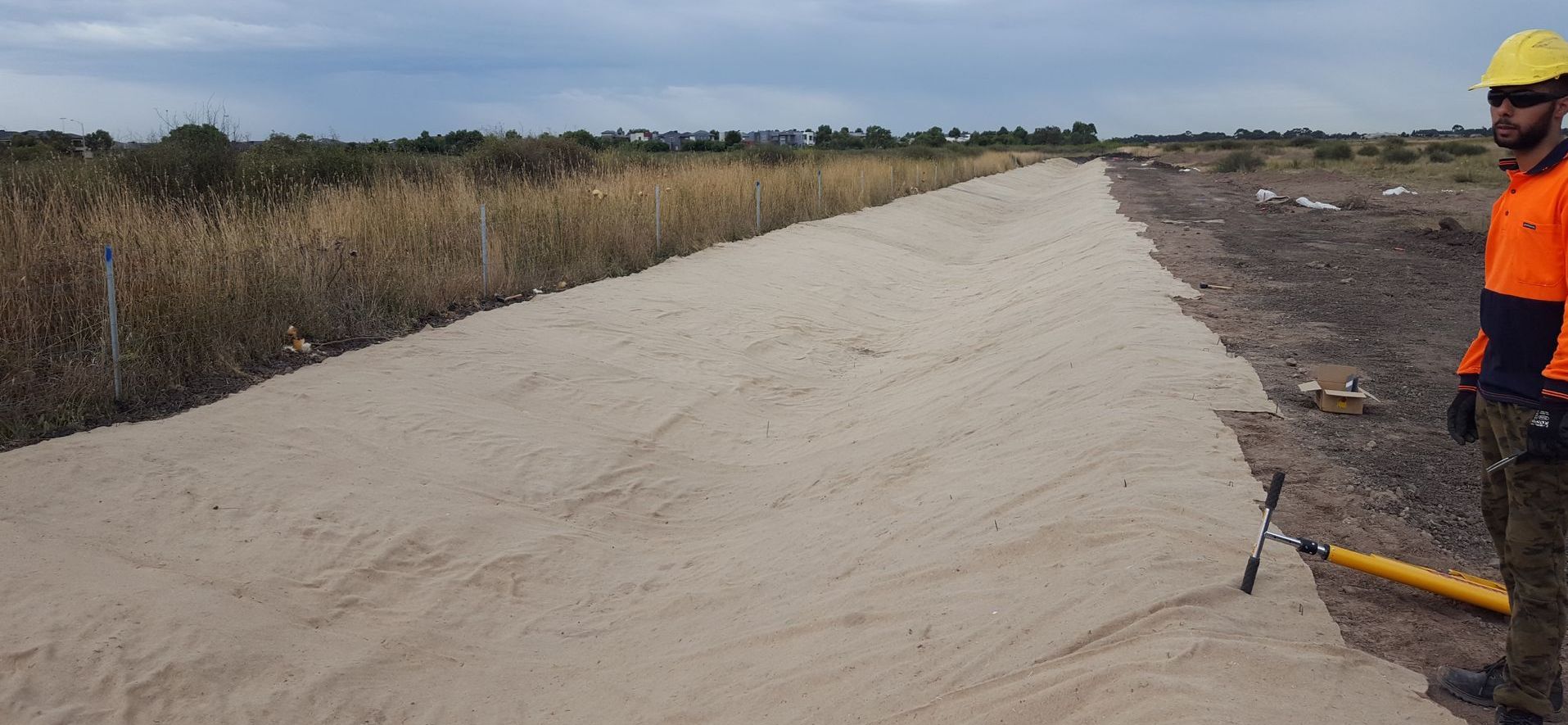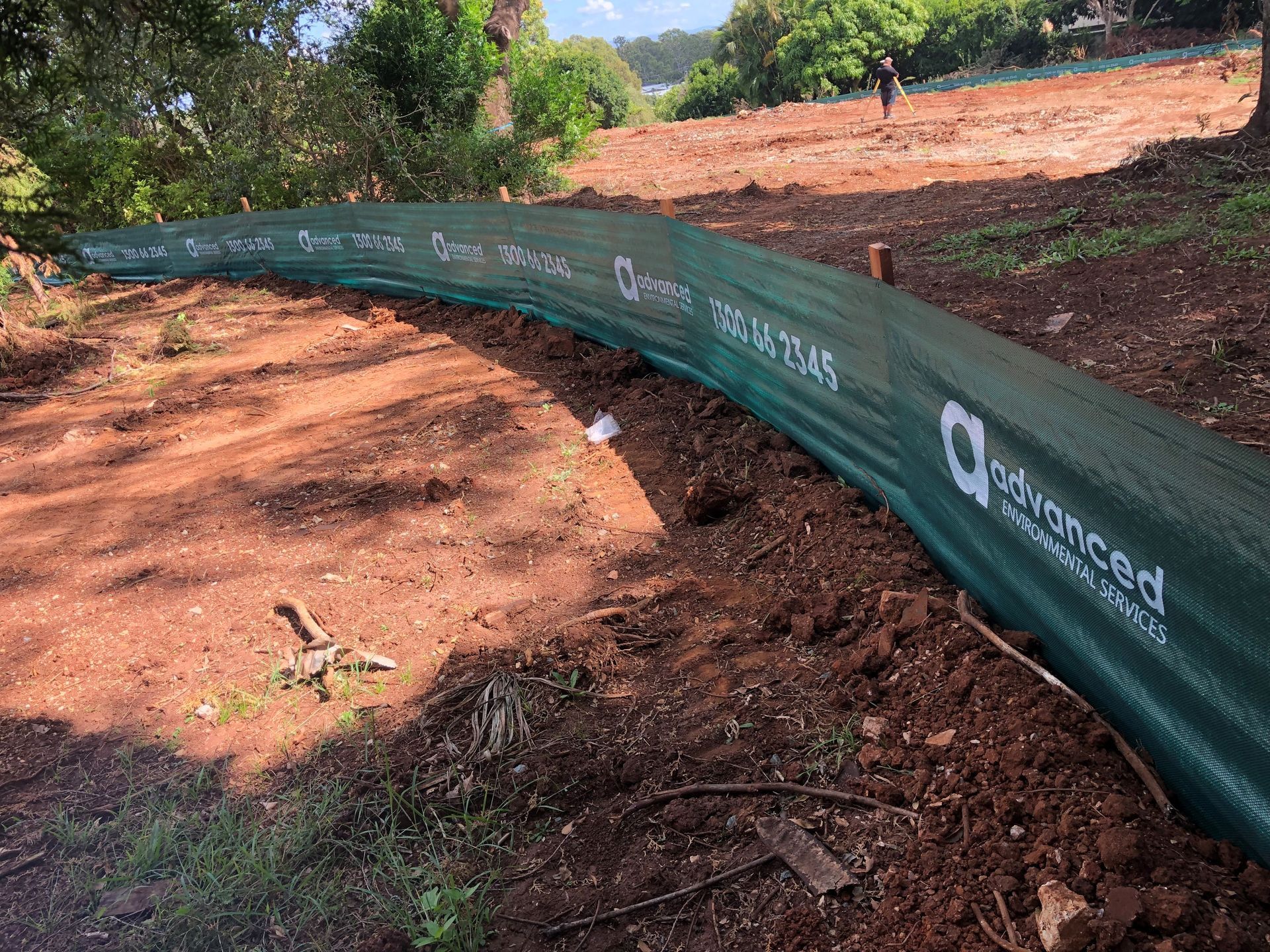School Hygiene Report Card - Is Your Cleaning Routine Making the Grade?
Are your current cleaners really making the grade?
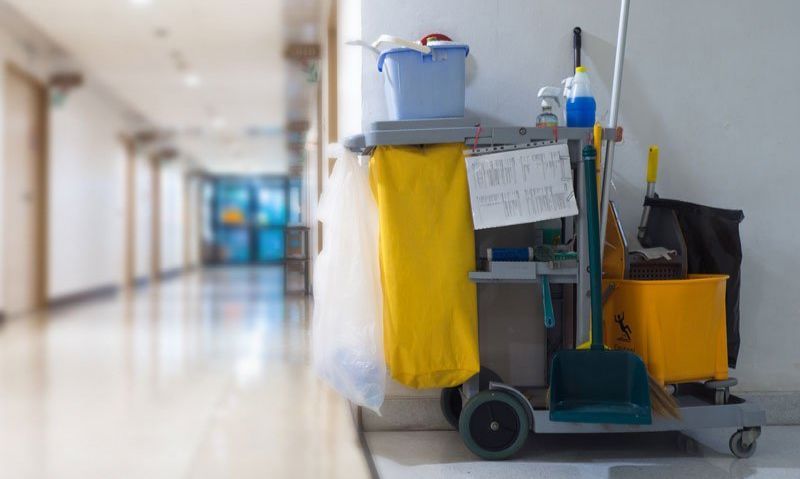
Maintaining a clean school environment is vital for both student and staff health, requiring consistent commercial cleaning to reduce the spread of germs, and create a conducive learning atmosphere.
Schools experience high foot traffic, shared spaces, and frequent interactions, making hygiene a top priority. Regular schools cleaning isn’t just about adhering to internal policies & Procedures, it is also about meeting legislated regulatory requirements where required. Education Victoria states in their previous environmental hygiene policy that “The principal and/or their delegate (as the local management representative) must manage the risks associated with environmental hygiene in the workplace by reducing exposure to contaminants (e.g. mould, dust, radiation, gases and fumes)”(Vic.gov.au, 2017).A weekly commercial cleaning checklist ensures consistency, focusing on classrooms, restrooms, cafeterias, hallways, and shared facilities.
- Classrooms should have surfaces like desks, chairs, and shelves wiped down and disinfected regularly, along with high-touch areas such as door handles and light switches.
- Floors require vacuuming and mopping to eliminate dust and allergens, and waste disposal should be conducted systematically.
- Hallways and common areas demand similar attention, with floors swept and mopped, railings disinfected, and lockers cleaned.
- The importance of restroom sanitation cannot be overstated—cleaning sinks, toilets, and floors with proper disinfectants, restocking hygiene supplies, and checking plumbing ensures a safe and sanitary school environment.
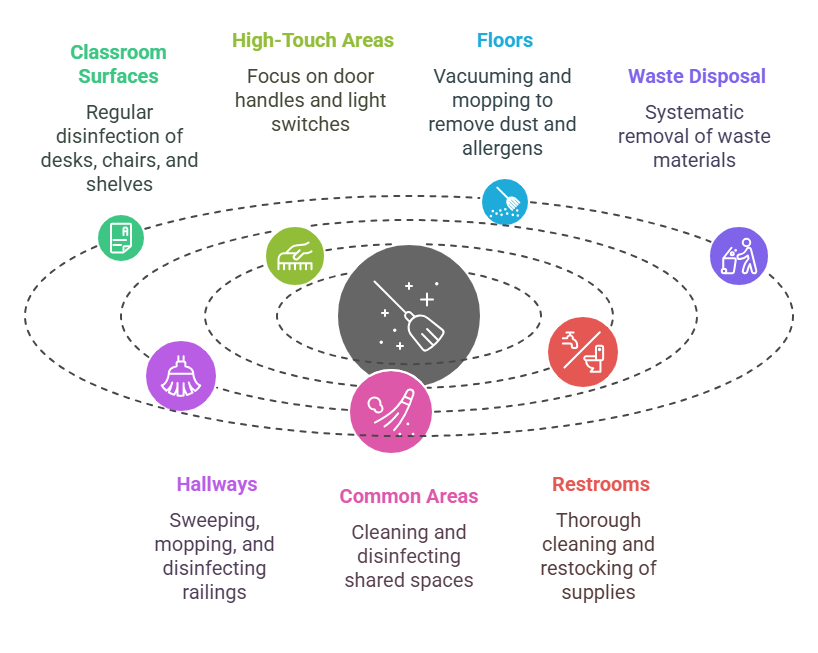
- School cafeterias and kitchens necessitate strict food safety measures. Tables, chairs, and food preparation surfaces must be thoroughly cleaned to prevent contamination, while kitchen appliances should be maintained in good working condition.
- Gymnasiums and play areas, which see frequent use, require sanitisation of equipment, flooring, and playground structures.
Proper environmental hygiene extends beyond visible cleanliness; it also involves air quality and waste disposal to create a truly safe environment for students and staff. High touch areas in school cafeterias, gymnasiums, and classrooms should be more regularly cleaned to prevent the buildup of dust, potential contagions, mould, and other contaminants.
Waste management is equally critical — rubbish bins must be emptied frequently, and recycling programs should be maintained to minimise health hazards. Additionally, the use of eco-friendly, non-toxic cleaning products ensures that sanitation efforts do not introduce harmful chemicals into the learning environment. By prioritising these measures, schools can foster a healthier atmosphere that supports student well-being and academic performance.
Administrative offices and staff rooms should also not be overlooked, with desks, shared equipment, and furniture requiring regular wiping and dusting. Implementing a structured weekly cleaning schedule with regular audits ensures hygiene standards are met, contributing to a safe and productive educational environment for students and staff alike. For more information on our national commercial cleaning services, click here.
References
Vic.gov.au. (2017).
Environmental Hygiene: Policy | education.vic.gov.au. [online] Available at:
https://www2.education.vic.gov.au/pal/environmental-hygiene/policy
Education.qld.gov.au (2024) Student health and safety
https://education.qld.gov.au/students/student-health-safety-wellbeing/student-health
Education.nsw.gov.au (2020) Health and hygiene advice to schools
https://education.nsw.gov.au/news/latest-news/health-and-hygiene-advice-to-schools

